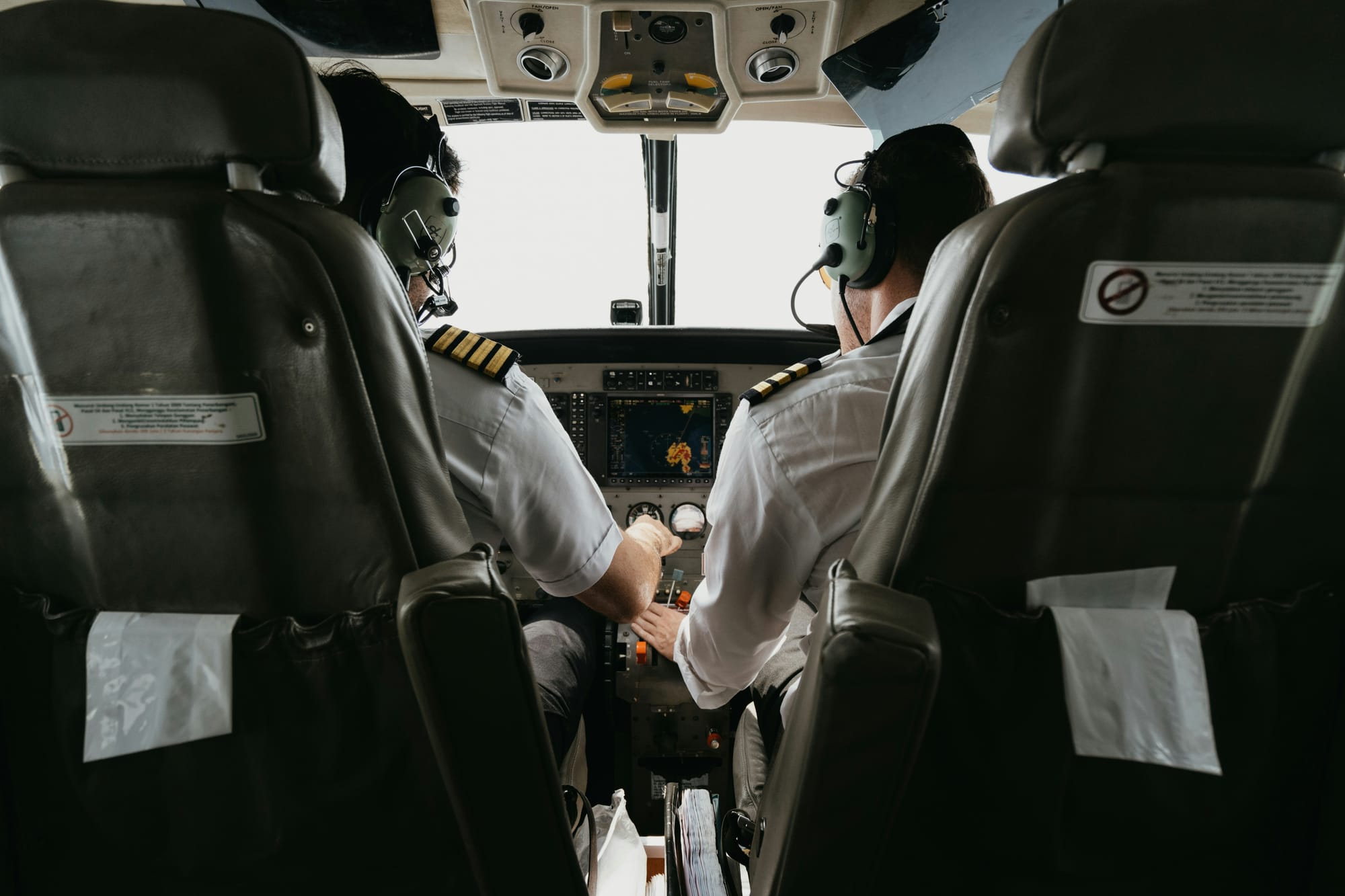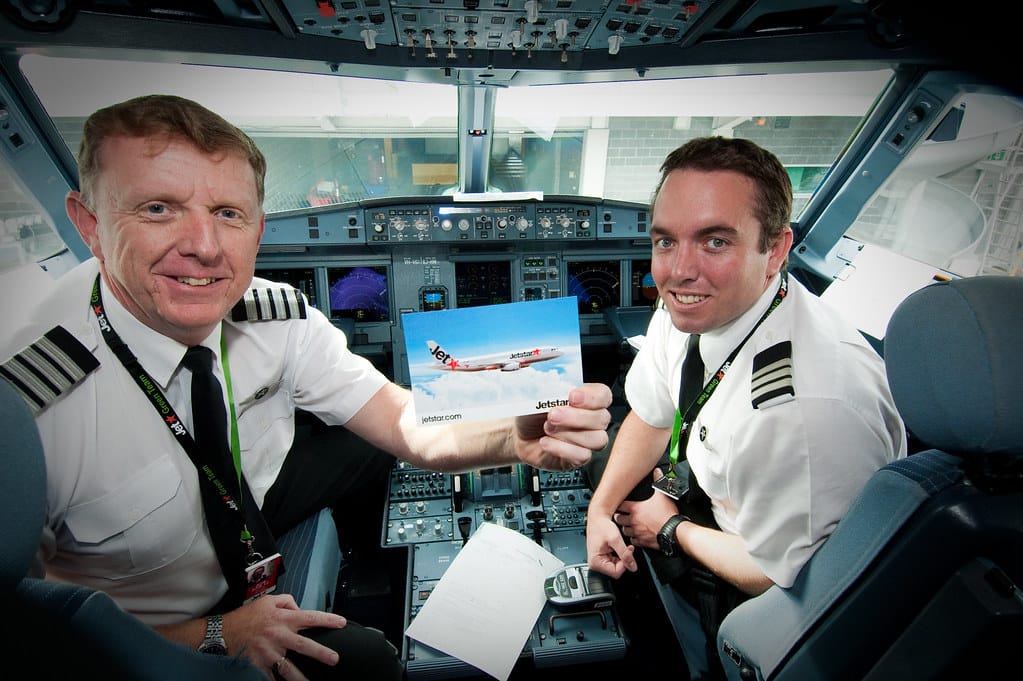What Happens When Airlines Retire an Airplane?
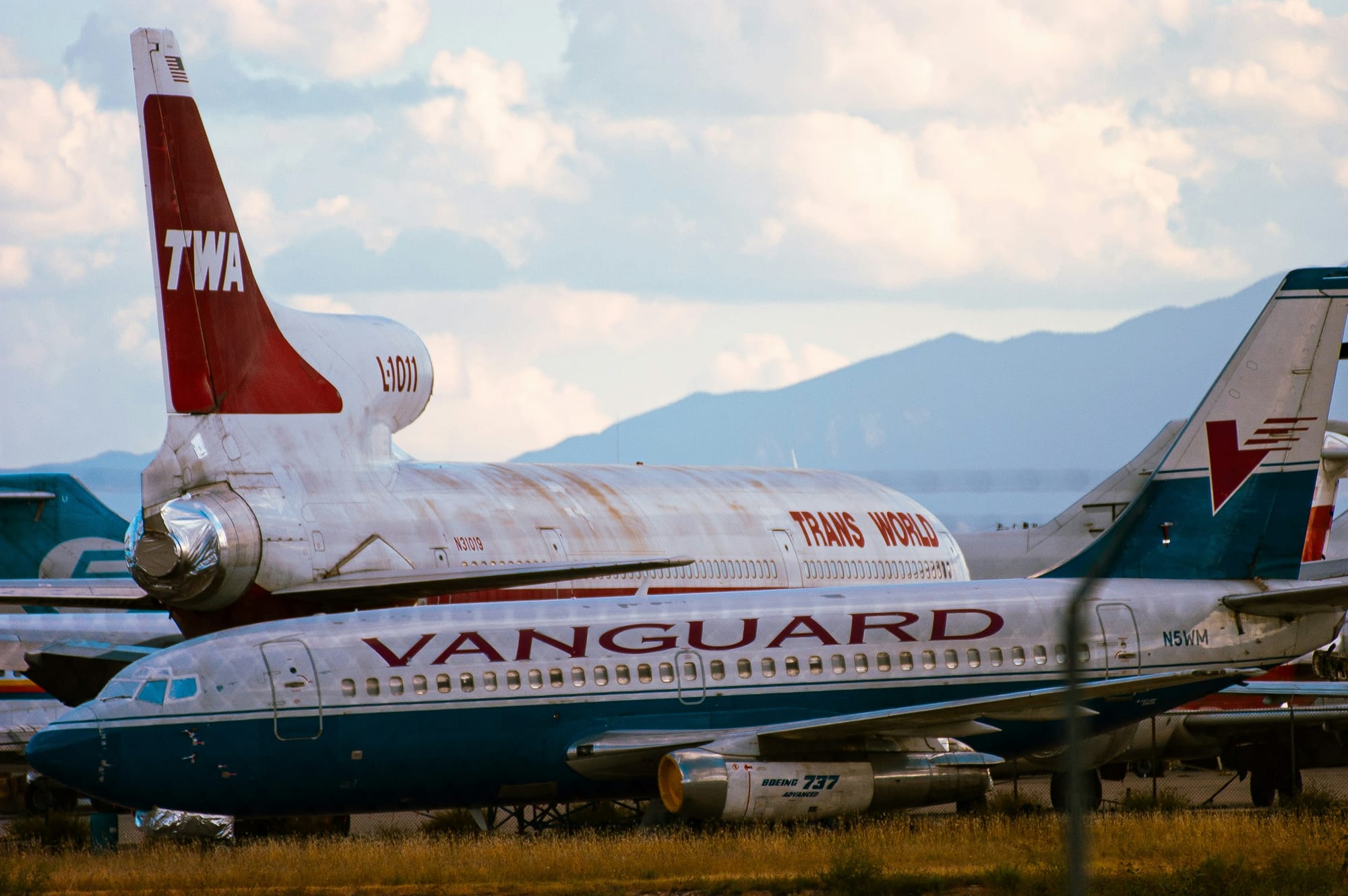
Airlines operate a fleet of airplanes to serve passengers and cargo needs, but there comes a point when even the most reliable aircraft reach the end of their operational life. Retiring an airplane is a significant process that involves detailed planning, regulatory compliance, and cost considerations. While some retired aircraft are grounded permanently, others find new roles in aviation or other industries. Let’s explore the steps airlines take when retiring an airplane, and where these aircraft often end up.
Why Airlines Retire Aircraft?
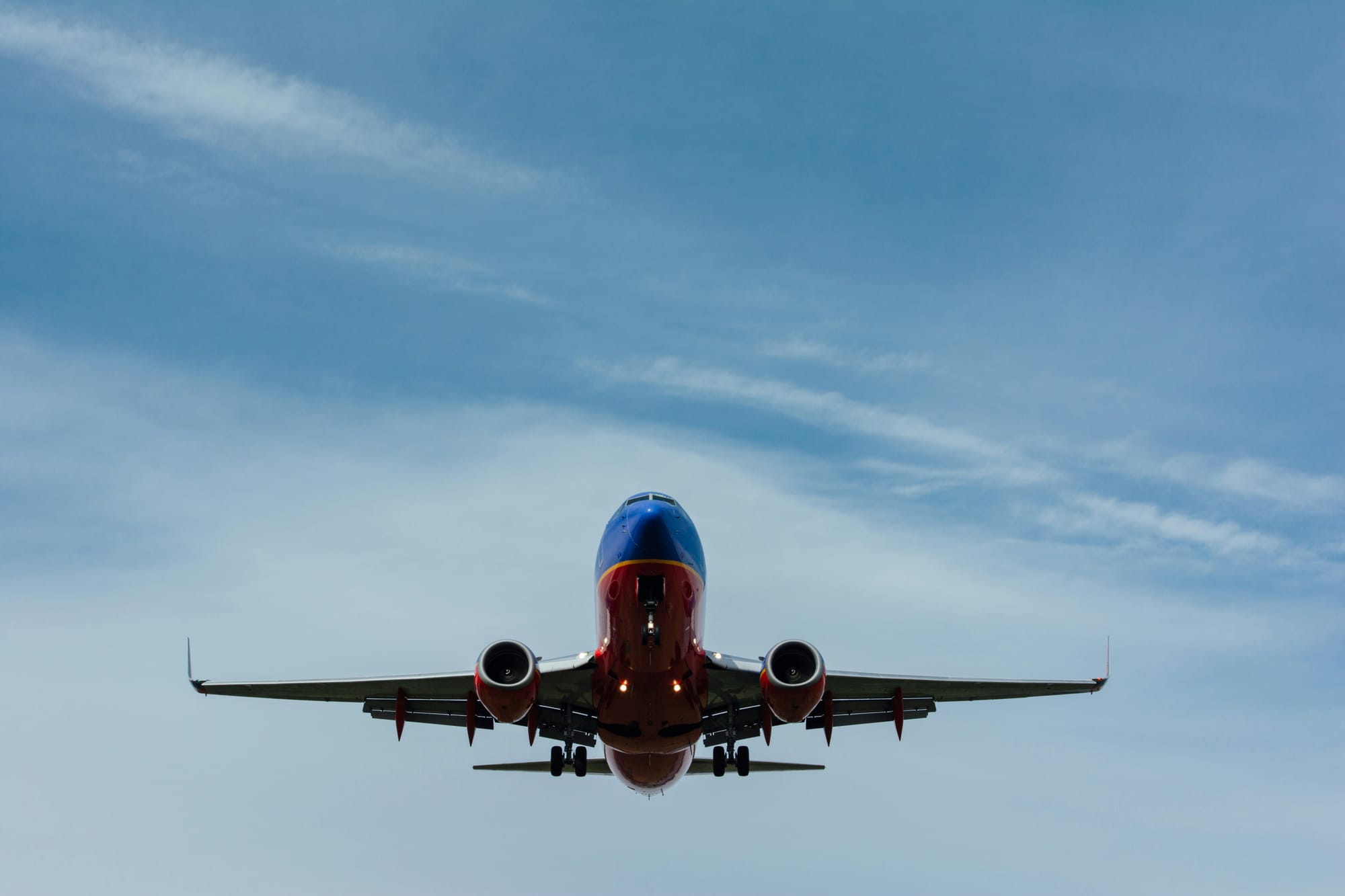
There are several reasons why an airline might decide to retire an airplane, including:
- Age and Wear: As airplanes age, they require more maintenance and repairs, which can become financially unsustainable.
- Fuel Efficiency: Older planes tend to be less fuel-efficient than newer models, making them more expensive to operate as fuel prices rise or when the airline wants to reduce its carbon footprint.
- Technological Upgrades: Newer airplanes often come equipped with advanced technologies that improve safety, operational efficiency, and passenger comfort.
- Regulatory Changes: Changes in noise or emissions regulations can also prompt airlines to retire aircraft that no longer meet industry standards.
The Process of Retiring an Airplane
The decision to retire an airplane is complex, and involves several key steps:
- Fleet Planning: Airlines carefully review their fleet to determine which planes are the best candidates for retirement. They consider maintenance records, fuel consumption, and future needs.
- Valuation and Depreciation: Airlines assess the current value of the airplane. Many aircraft have already depreciated significantly by the time they are retired, so the airline evaluates the most financially sound option for disposal.
- Decommissioning: The aircraft is prepared for retirement by being decommissioned. This includes removing any valuable parts, such as engines, avionics, and landing gear, which can be repurposed, sold, or stored for use in other aircraft in the fleet.
What Next?
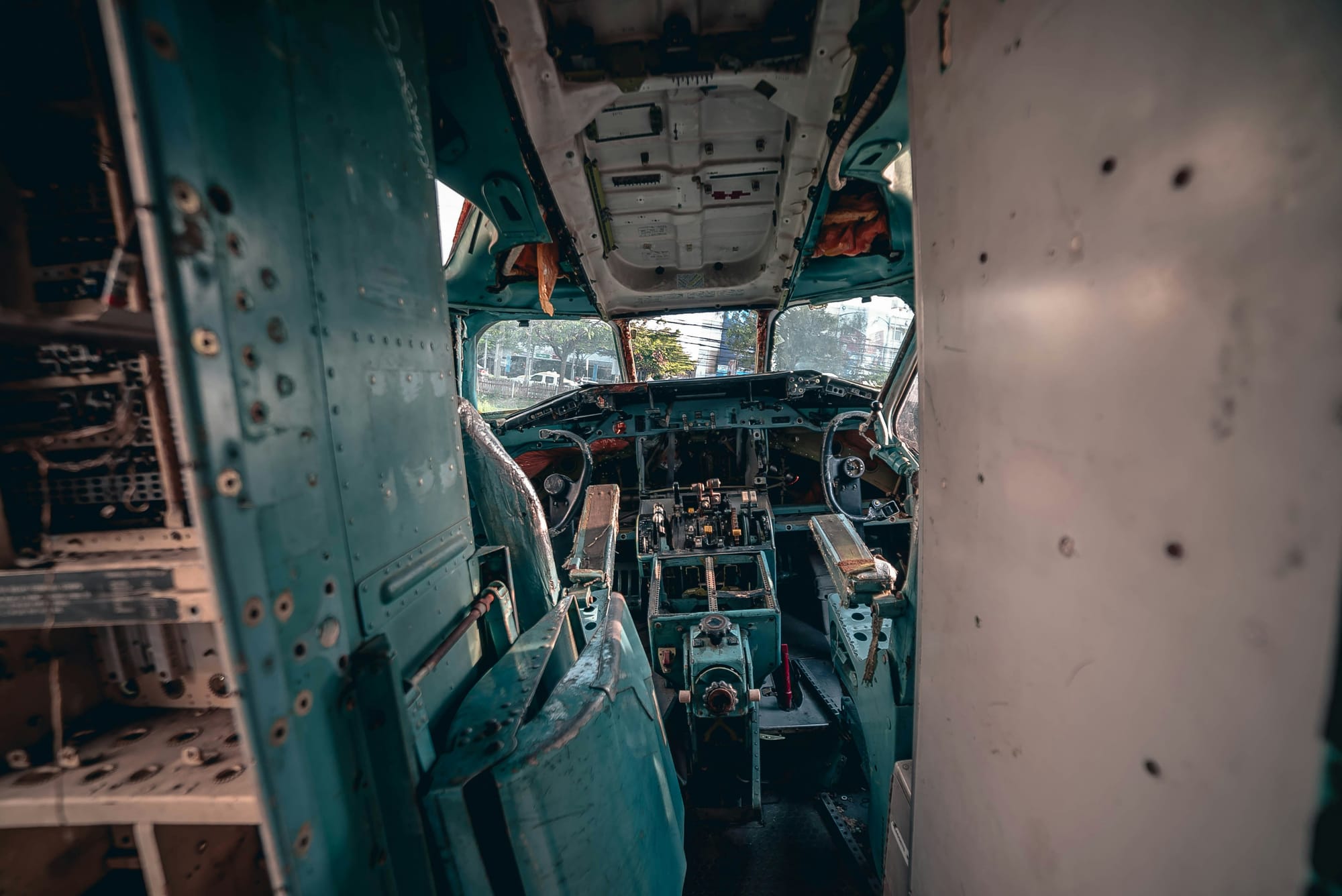
Once decommissioned, an airplane can go through several different paths depending on its condition and market demand:
Storage in Aircraft Boneyards
Many retired planes are sent to “aircraft boneyards,” large storage facilities located in dry desert climates to prevent corrosion. Some of the most well-known boneyards include the Pinal Airpark in Arizona and the Mojave Air and Space Port in California. Here, airplanes are stored for extended periods, where they may be preserved for potential reactivation, sold for parts, or eventually scrapped.
Parts Recycling
Aircraft recycling is a growing industry. Airplanes are valuable sources of recyclable materials like aluminum, titanium, and composite materials. The engines, avionics, and other components can be removed and sold on the secondary market, reused in other aircraft, or refurbished for resale. Companies that specialize in aircraft recycling, such as Aerocycle or AFRA (Aircraft Fleet Recycling Association), focus on sustainable decommissioning and reuse practices.
Conversion to Freighters
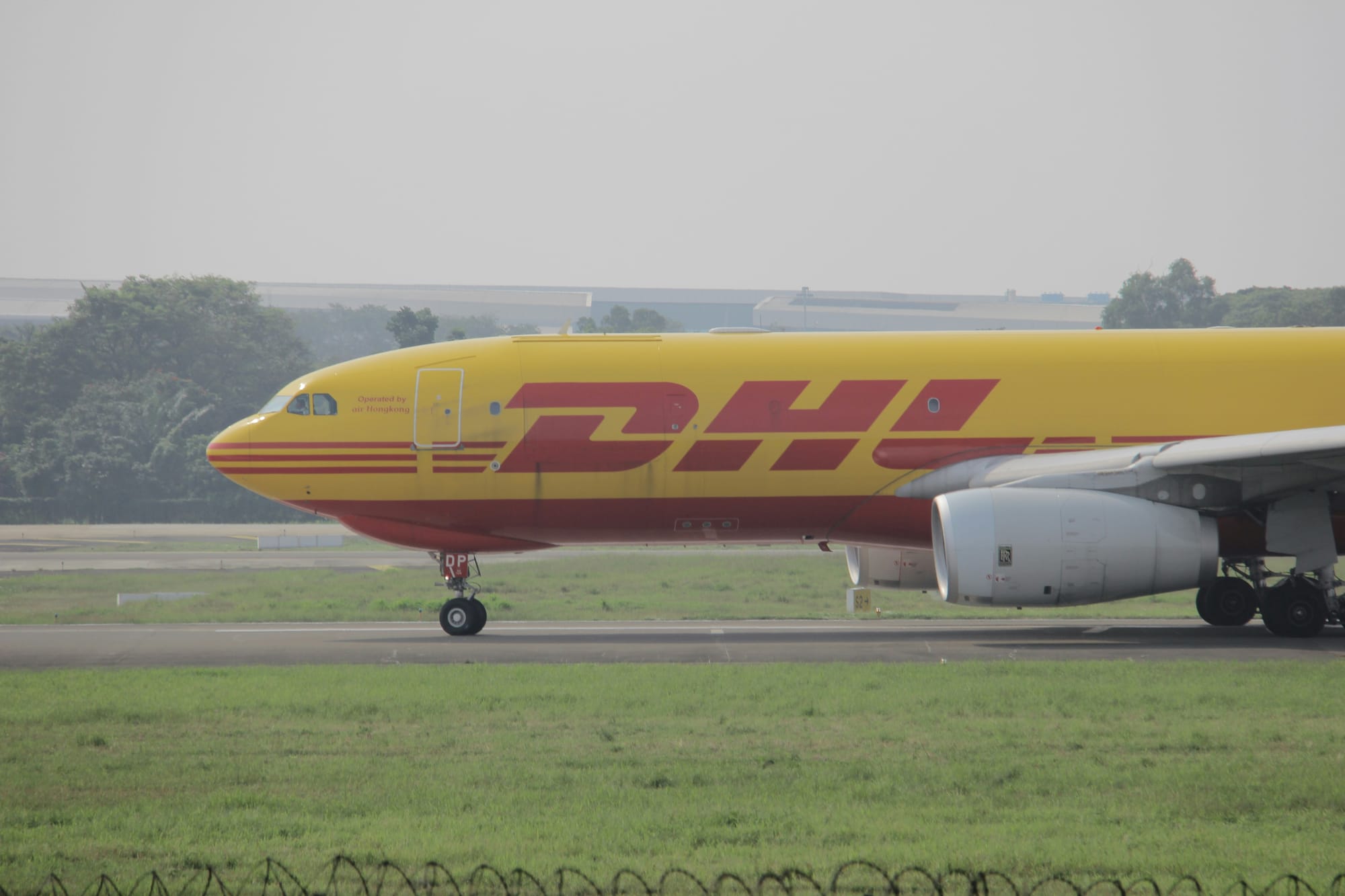
Sometimes, older passenger airplanes find a second life as cargo planes. Known as Passenger-to-Freighter (P2F) conversions, this process involves removing seats and installing cargo-friendly modifications, such as reinforced floors and larger doors. The Boeing 747, 767, and Airbus A330 are popular models for freighter conversions. Cargo carriers such as FedEx and UPS have extensive fleets of converted aircraft that were once passenger planes.
Resale or Lease
Retired airplanes can also be sold or leased to smaller, budget airlines or airlines in developing markets that are willing to operate older aircraft. For example, airlines in Africa, South America, and parts of Asia often purchase used aircraft at lower costs to meet demand for affordable air travel. Additionally, aircraft leasing companies may acquire retired airplanes, refurbish them, and lease them to airlines that require temporary capacity increases.
Donations to Museums or Training Schools
A few retired airplanes are donated to aviation museums or educational institutions. Museums use them as static displays to preserve aviation history. Training schools, especially those training future aviation mechanics and engineers, may use the retired aircraft for hands-on learning opportunities. For example, a retired Boeing 727 from FedEx was donated to the Evergreen Aviation & Space Museum in Oregon, where it serves as an exhibit.
Creative Reuse
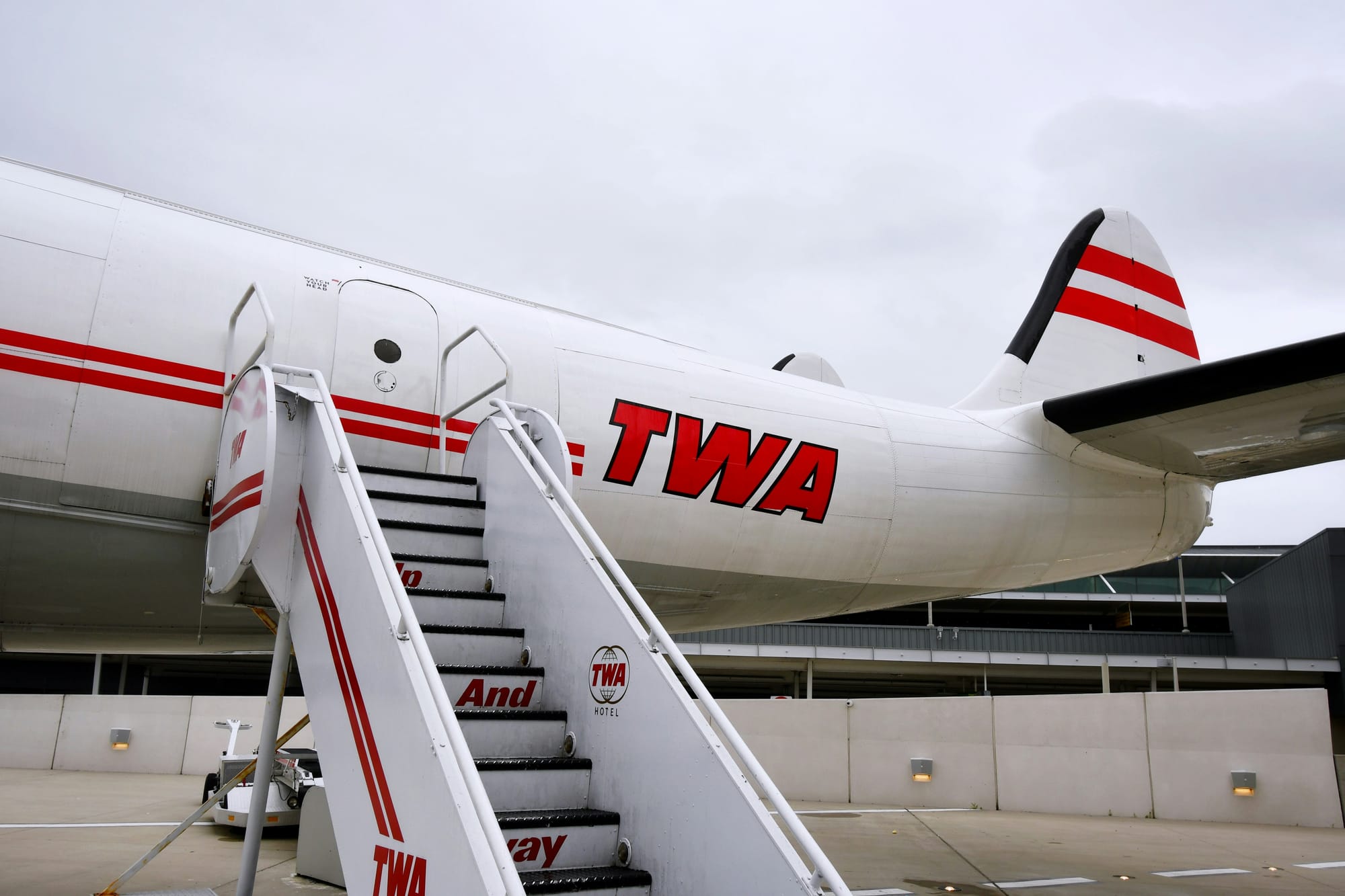
In rare cases, retired airplanes are repurposed in more creative ways. Some have been transformed into hotels, restaurants, or even homes. The Hotel Costa Verde in Costa Rica converted a retired Boeing 727 into a luxury suite, giving aviation enthusiasts a unique place to stay. These creative uses offer a second life for retired aircraft, often turning them into attractions in their own right.
Final Thoughts
Retiring an airplane is not the end of its story. Airlines have several options for decommissioning and reusing these massive machines. From storage in boneyards to recycling for parts, freighter conversions, or even creative projects, the aviation industry has developed an array of solutions for the inevitable end of an aircraft’s service life. As technology and sustainability practices continue to advance, the future of airplane retirement will likely become even more efficient and environmentally friendly, ensuring that every part of an aircraft is maximized, even long after its final flight.


